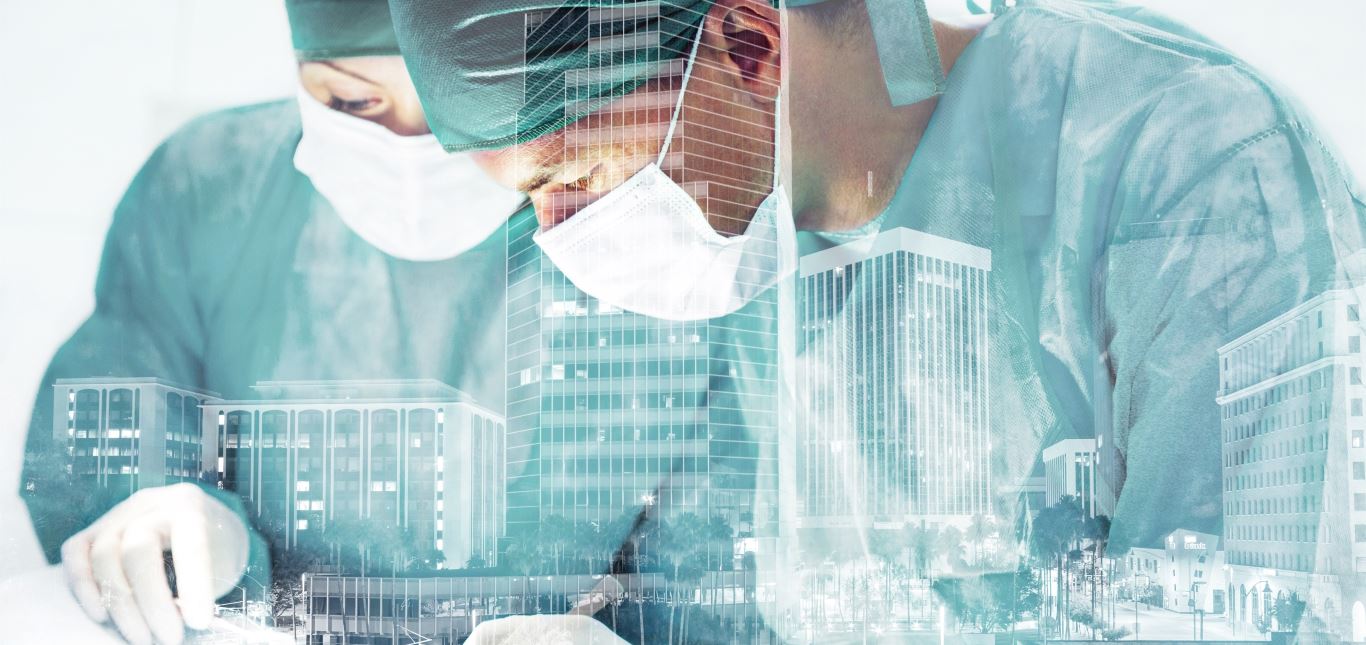We regret to communicate that due to the evolution of the COVID-19 problem, it is impossible to reschedule the course during this year 2020.
Therefore, we will propose new dates on March or April 2021 as soon as possible.
Thank you!

We regret to communicate that due to the evolution of the COVID-19 problem, it is impossible to reschedule the course during this year 2020.
Therefore, we will propose new dates on March or April 2021 as soon as possible.
Thank you!



ORGANIZERS
WHAT IS THE CORE OF THE COURSE?
The essence of the workshop is SURGICAL ANATOMY. Not anatomy, nor surgical technics. But what surgical anatomy is? The technics that give us the opportunity to turn a map (anatomy) on to a road book and therefore allow us to answer, at all times, the three main questions related to safety during a surgical procedure:
HOW ARE WE DOING IT?
Ascending three steps:
LAPAROSCOPIC PELVIC ANATOMY COURSE
Friday 20th March 2020
Schedule:
| 08.00 | Join us at the meeting point |
| 08:15 – 08:30 | Welcome and Introduction |
| 08:30 – 08:45 | Learning and understanding what is surgical anatomy |
| 08:45 – 09:30 | Advanced pelvic anatomy I |
| 09:30 – 10:00 | Coffee break |
| 10:00 – 13.00 | Hands-on in the dissection room |
| 13:00 – 15:00 | Lunch and rest |
| 15:00 – 18:30 | Hands-on in the dissection room |
| 18:30 – 19:00 | Discussion and feedback |
| 20:30 | Meeting and dinner altogether |
Hands-on will start by access to the abdominal cavity. Dissection of the following areas must be made for each attendant:
In all the previous areas the ureter must be always localized and “under control”
Saturday 21th March 2020
Schedule:
| 08:15 – 08:30 | Join us at the meeting point |
| 08:30 – 09:00 | Advanced pelvic anatomy II |
| 09:00 – 09:30 | Coffee break |
| 09:30 – 13:00 | Hands on in the dissection room |
| 13:00 – 13:30 | Clinical cases |
| 13:30 – 14:00 | Discussion, feedback and farewell |
Hands-on will start with abdominal access identifying the following structures:
Special attention will be paid to the main points of surgical procedures to correct pelvic floor dysfunctions, with or without prosthetic material, even if its use is not the essential target of the workshop.
COURSE DIRECTORS
SCIENTIFIC SECRETARY
Mariona Rius. info@advancedclinicalanatomy.com
FACULTY
Members of both gynaecology departments and expert specialists invited from all over Spain:
WHERE WILL THIS OCCUR?
In the Anatomy Department, both classrooms and dissection room, of the School of Medicine of the University of Barcelona. Casanovas St, 143, Barcelona.
REGISTRATION
LANGUAGE
Official language is English. Attendants can get help in some other languages (Spanish, Catalan, French and Italian for sure) but not on site translation is possible
ACCOMODATION
The organization can help attendants in hotel booking.